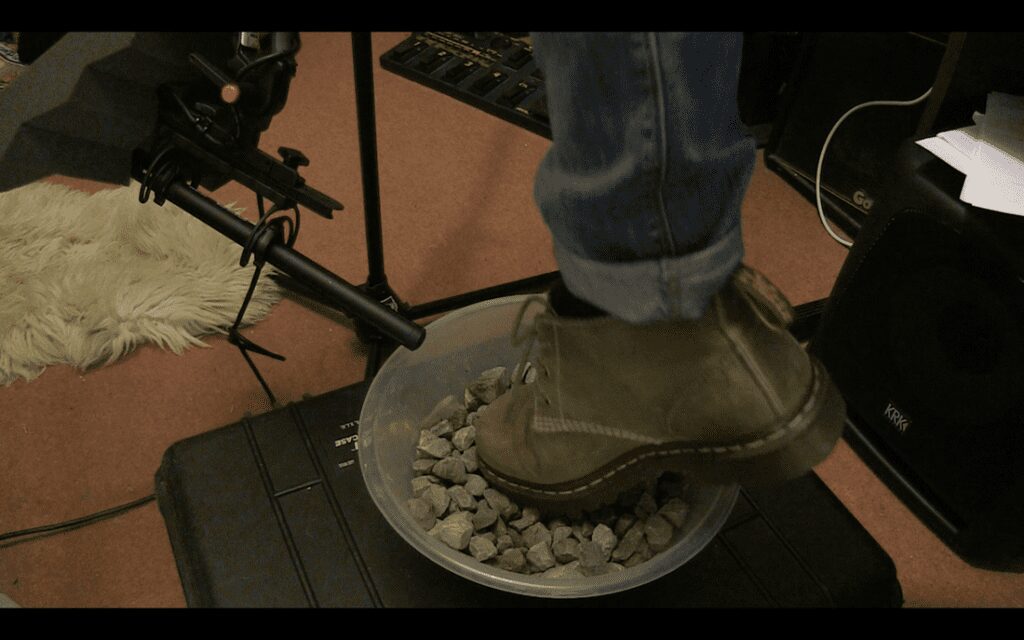
When creating a seamless and immersive audio experience in film production, Foley sounds play a crucial role. Foley artists are responsible for creating and recording sound effects that mimic real-world sounds and movements, such as footsteps, clothing rustles, and object interactions. These sounds are then synced with the film’s visual elements to create a more authentic and engaging audio-visual experience.

In film production, Foley sounds can be categorized into three main categories: footsteps, cloth movements, and props.
Let us delve deeper into each category.
- Footsteps
Footsteps are one of the most common Foley sounds used in film production. They can help to ground the audience in the scene and give characters a sense of presence and physicality. Foley artists use a variety of surfaces, such as concrete, wood, and gravel, to create different types of footsteps. They also use different types of shoes or footwear to create distinct sounds for each character.
- Props
Props are physical objects that characters interact with within a scene. Foley artists use props to create sound effects that can help to enhance the overall audio experience. For example, they can use a metal chain to create a sound of a jail cell door closing.
- Cloth Movements
Cloth movements are another essential Foley sound used in film production. They can help to add texture and depth to a scene and enhance the realism of character movements. Foley artists use different fabrics, such as leather, denim, and silk, to create unique sounds for each clothing type. They also use other techniques, such as scrunching, rubbing, and rustling, to create various movements.
By categorizing them into these three, Foley artists can create a more realistic and authentic audio experience that enhances the film’s overall impact.

